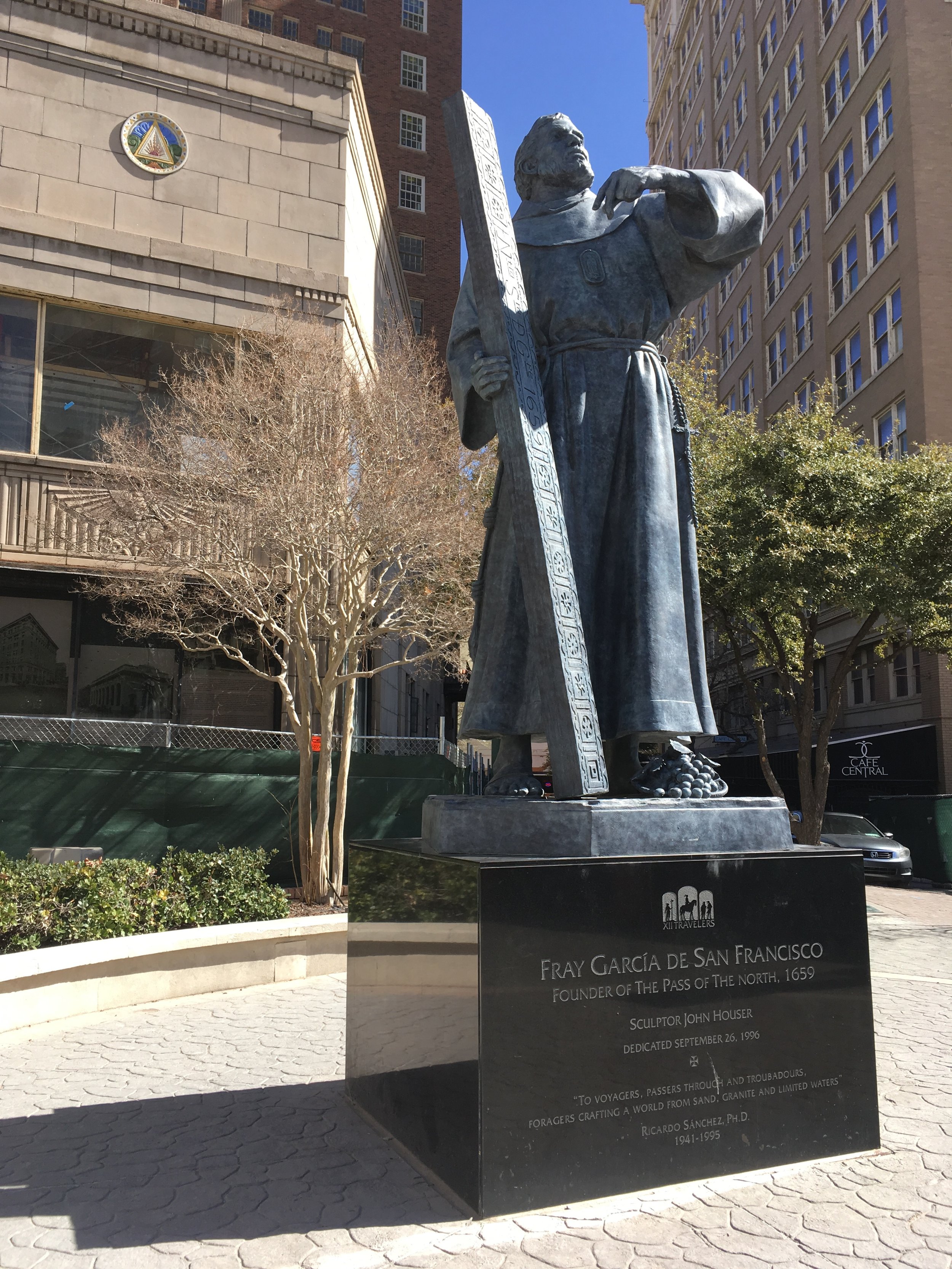Senator Martin Heinrich isn’t the only politician with my email address. For the last two years I’ve also regularly skimmed and deleted newsletters from President Trump’s White House, like the one below.
On those occasions when I make it to the bottom, I’m often fascinated by the juxtaposition of fearmongering rhetoric up top (illegal aliens! sex offenders! ONE WHOLE GANG MEMBER!) with a pleasant photo of the first lady or D.C. scenery underneath.
In that respect, the most recent edition on Wednesday evening did not disappoint. After paragraphs of grave “crisis” talk, the email’s concluding image is incongruous in every possible way: distant, like a fantasy world; whitewashed and surreal.
Actually, that’s not incongruous—I just described the email’s text as well as its image.
From: The White House <info@mail.whitehouse.gov>
Date: Wed, Feb 20, 2019 at 4:20 PM
Subject: A national emergency in plain sight
To: <kluidens@gmail.com>
The White House • February 20, 2019
A national emergency in plain sight
Five days ago, President Donald J. Trump signed a Homeland Security appropriations bill that earned a number of important legislative victories for our country. At the same time, he used his legal authority as President to take executive action to address the immediate national security and humanitarian crisis at our Southern Border.
“It’s very simple: We want to stop drugs from coming into our country. We want to stop criminals and gangs from coming into our country,” the President said Friday from the White House Rose Garden. “We don’t control our own border.”
The crisis is real. Pretending it doesn’t exist is an insult to those who face its consequences every day. “January saw a surprising surge of 22,000 more apprehensions of illegal immigrants at southwest border crossings over January 2018, prompting a key predictor to suggest that border officers will make over 600,000 apprehensions this year,” Paul Bedard reports for the Washington Examiner.
Politicians and the media should listen to our experts in law enforcement. The lack of physical infrastructure at our southern border is continuously being exploited for illegal purposes, U.S. Customs and Border Protection officials explain. To their point, take a look at a string of recent arrests along our border:
103 illegal aliens from Central America detained Monday morning
Two sex offenders arrested in separate weekend incidents
Multiple criminal aliens arrested over the holiday weekend, including some with warrants and convictions for sexual assault, kidnapping, and murder
A convicted rapist caught in El Centro, California
A previously deported MS-13 gang member recently apprehended
Nearly $1 million of drugs seized in the Rio Grande Valley
Behind the numbers are real stories of suffering. When America can’t vet who crosses its border, our citizens, including legal immigrants, suffer. On Friday, one such “angel mom”—a legal immigrant whose only son was killed by someone here illegally—told CNN’s Jim Acosta something that every American should agree with: “We need to protect this country.”
Her son’s death was preventable. Our leaders had the power to stop it, and they chose not to. For years, Washington put political convenience over real national security.
If that isn’t a crisis, nothing is.
President Trump is keeping his promise to secure America’s border.
Watch: The border wall is already being built—ahead of schedule.




























































